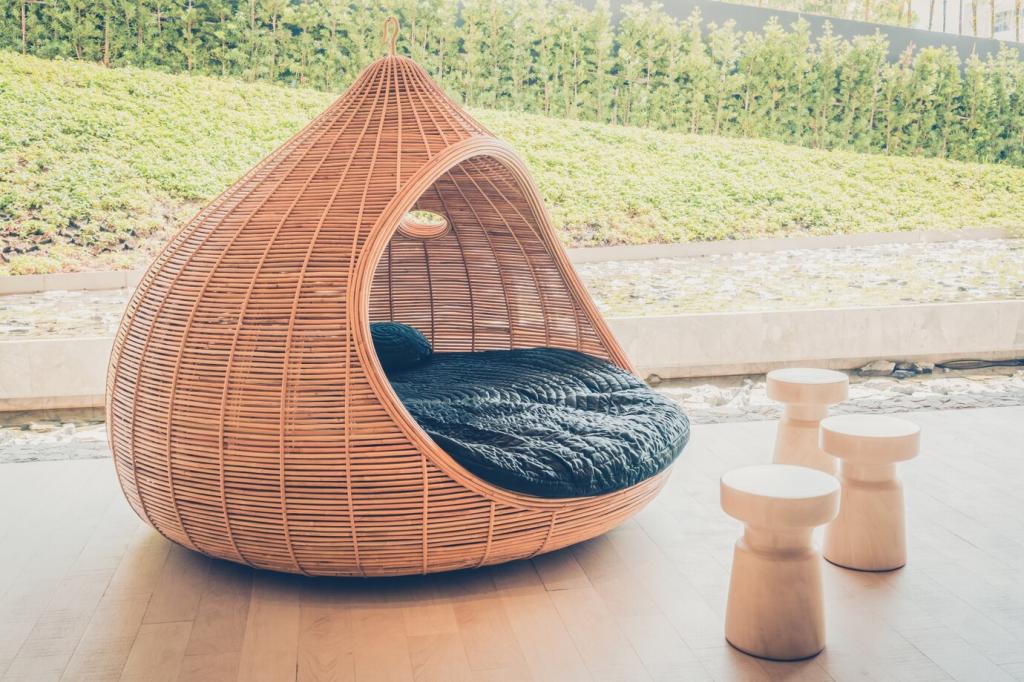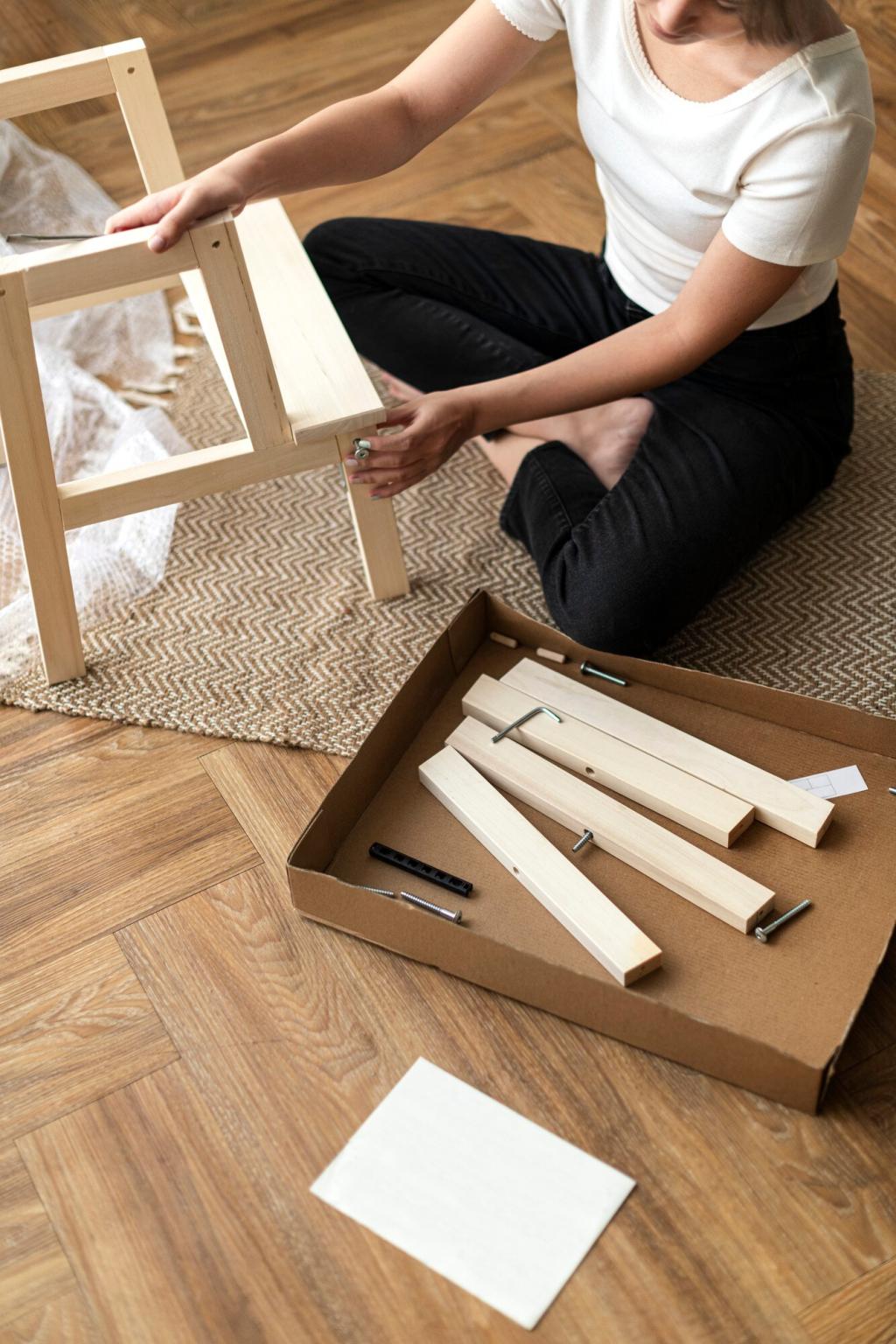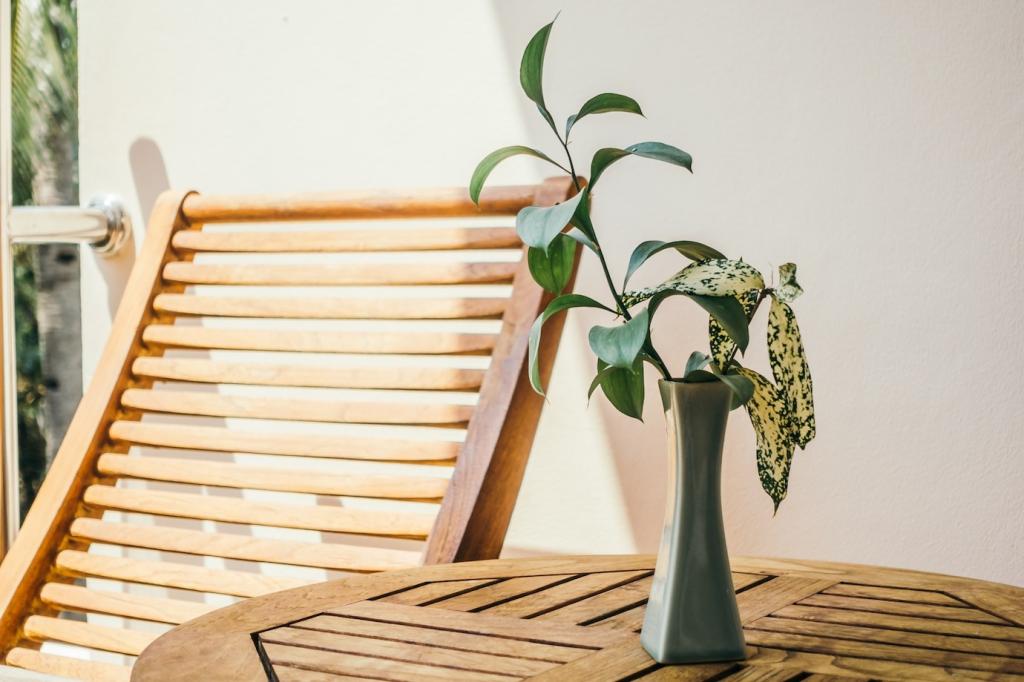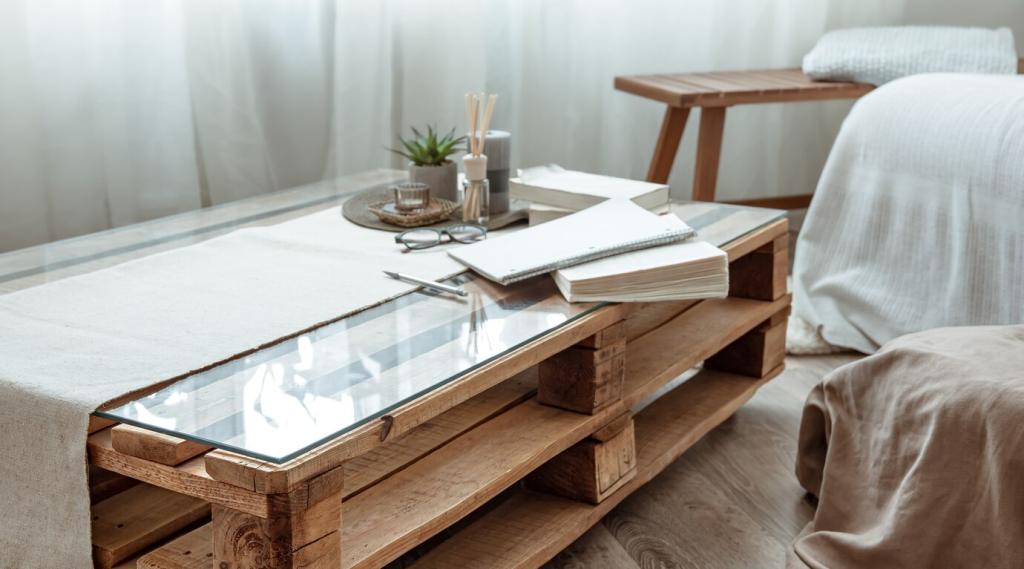Revamping Outdoor Furniture with Upcycling Methods
Chosen theme: Revamping Outdoor Furniture with Upcycling Methods. Welcome to a creative corner where tired patio chairs, weathered benches, and rusty tables get a second life. Explore practical ideas, heartfelt stories, and smart techniques—and subscribe to follow every transformative project.
Start Smart: Finding and Planning Your Upcycling Projects
Look for solid frames, minimal rot, and fixable issues like peeling paint or surface rust. Thrift stores, curbside pickups, neighbor giveaways, and community swaps are goldmines. Snap photos, measure twice, and envision how each piece might anchor your outdoor nook.
Start Smart: Finding and Planning Your Upcycling Projects
Gather a stiff brush, degreaser, sandpaper grits, wire brush, rust converter, clamps, exterior-grade wood glue, respirator, and gloves. Safety first prevents setbacks. Share your tool must-haves, and we’ll compile a reader-sourced checklist for future upcyclers.


Hands-On Techniques That Elevate Durability
Surface prep: clean, sand, de-rust
Wash away grime with a mild detergent and rinse thoroughly. Sand wood with progressive grits for a smooth, paint-ready surface. On metal, wire-brush flaky rust, apply converter, and feather edges. Proper prep ensures coatings bond and last across seasons.
Repairing frames and joints
Stabilize wobbly joints with exterior-grade glue, pocket screws, or dowels. Replace cracked rails, shim uneven legs, and square frames before finishing. Strong structure prevents future failures and makes your upcycled piece feel reassuringly solid on windy patios.
Replacing slats and woven seats
Swap splintered wooden slats for cedar, teak offcuts, or thermally modified ash. Re-weave seats using marine rope or polyester cord resistant to UV and mildew. Measure spacing for drainage, pre-drill hardware holes, and seal cut edges to block moisture.
Finishes That Fight Weather and Time
Primer, paint, and topcoat systems
Use bonding primer on plastic, rust-inhibiting primer on metal, and stain-blocking primer on tannin-rich woods. Follow with quality exterior acrylic or alkyd enamel. Finish with a UV-resistant clear coat if needed. Compatibility matters—stick to one manufacturer’s system where possible.
Natural oils, stains, and breathable protection
For a natural look, choose penetrating oils like tung or a marine-grade spar varnish hybrid. Oil-based stains highlight grain while shedding water. Maintain annually with a light sand and refresh coat to keep the patina lively without heavy buildup.
Hardware, adhesives, and sealants
Pick stainless or hot-dip galvanized screws to resist corrosion. Use polyurethane or marine adhesives for high-strength bonds. Seal joints and bolt penetrations with exterior-grade caulk to block water intrusion, preserving integrity where repeated wet-dry cycles can cause hidden damage.
Style Stories: Palettes and Personalities
Coastal calm on a budget
Pair weathered white with sea-glass blue and soft gray. Add nautical rope handles, driftwood accents, and linen cushions. Light distressing on edges suggests salty breezes and memory-rich summers, even if you’re relaxing far from the shoreline.


Industrial garden chic
Blend matte charcoal metal with oiled hardwood slats. Introduce perforated panels, exposed bolts, and recycled conduit plant hooks. This look brings structure and contrast, letting greenery cascade against clean lines for a striking, modern patio statement.
Sustainability Wins and Budget Smarts
A quick footprint check
Rescuing a metal chair and wooden bench can divert over twenty pounds of material from landfill. Extending life by three to five years lowers embodied carbon per use. Small choices, multiplied across neighborhoods, meaningfully shift demand for new production.
Cost breakdown that saves
A curbside chair, primer, paint, and stainless screws often total under fifty dollars. Compare that to new outdoor seating priced several times higher. Your savings can fund cushions, planters, or a protective cover that further extends the furniture’s life.
Community swapping and sourcing
Join local buy-nothing groups, salvage yards, and tool libraries. Trade extra paint, spare slats, or hardware. Hosting a neighborhood swap afternoon turns clutter into possibilities, builds skills, and ensures fewer useful pieces sit forgotten in rainy backyards.
Real-Life Makeovers and Lessons Learned
I found a lopsided bench with mossy slats and spidered varnish. After tightening bolts, replacing two boards, and applying a marine oil finish, it became the sunrise coffee seat. A neighbor’s smile proved the makeover mattered beyond appearances.
Real-Life Makeovers and Lessons Learned
Skipping primer on metal leads to surprise rust blooms. Using interior screws stains cedar with black streaks. Ignoring drainage traps moisture under slats. Learn from these slips, and comment your own to spare another reader a frustrating redo.
Real-Life Makeovers and Lessons Learned
Rinse pollen monthly, spot-sand scuffs, and refresh oil or clear coat each spring. Store cushions dry, elevate feet off soil, and cover before storms. Small rituals preserve color, comfort, and the pride you felt on reveal day.
